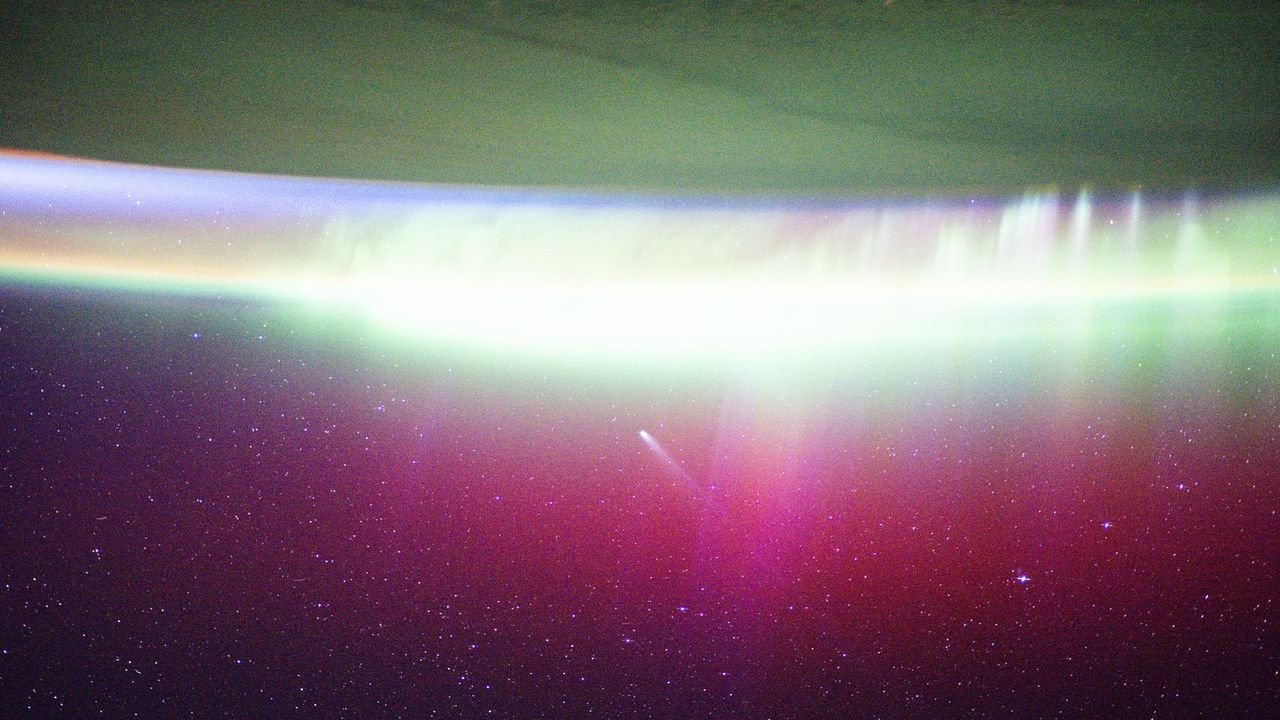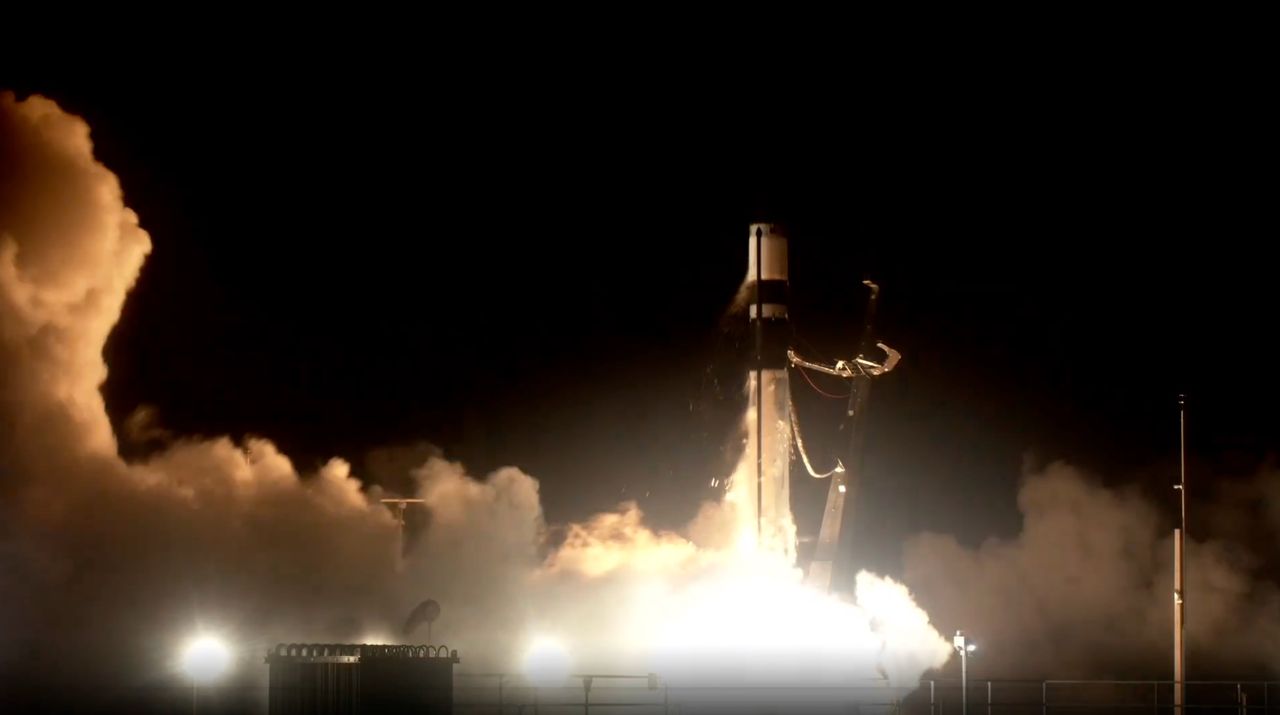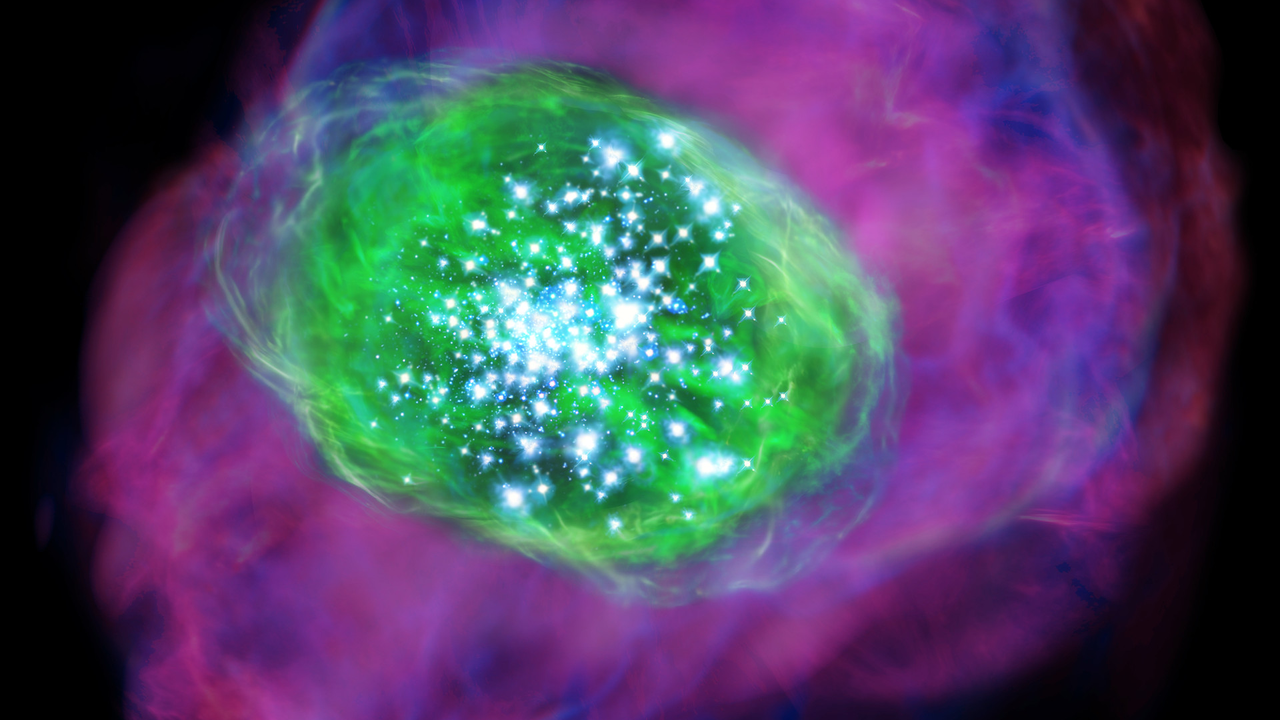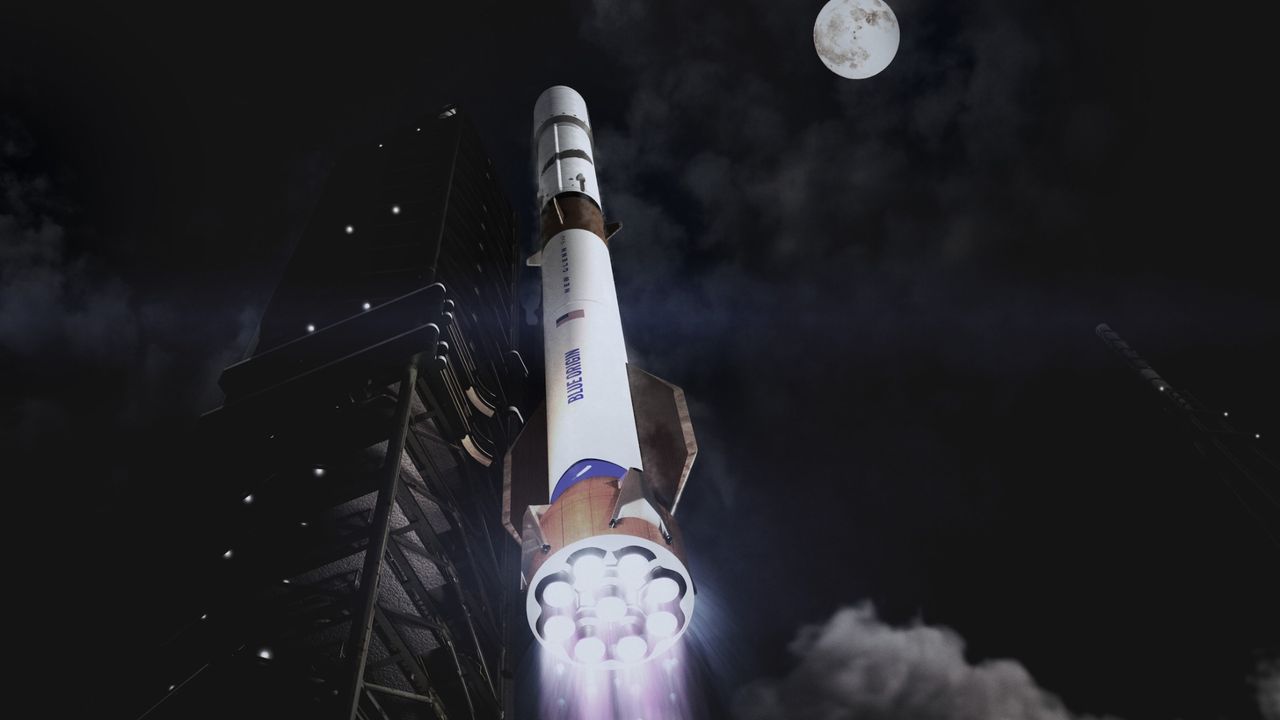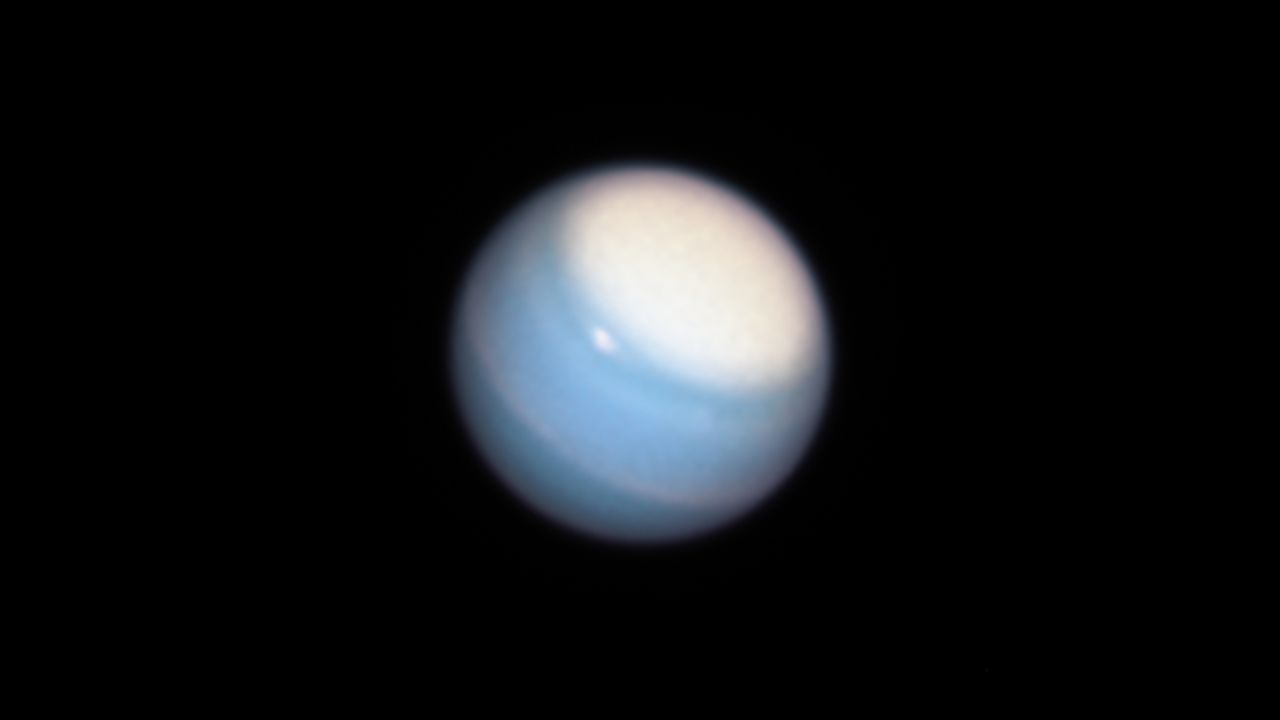Astronomers finally explain the strange physics of ghostly 'radio relics' in space
PositiveScience
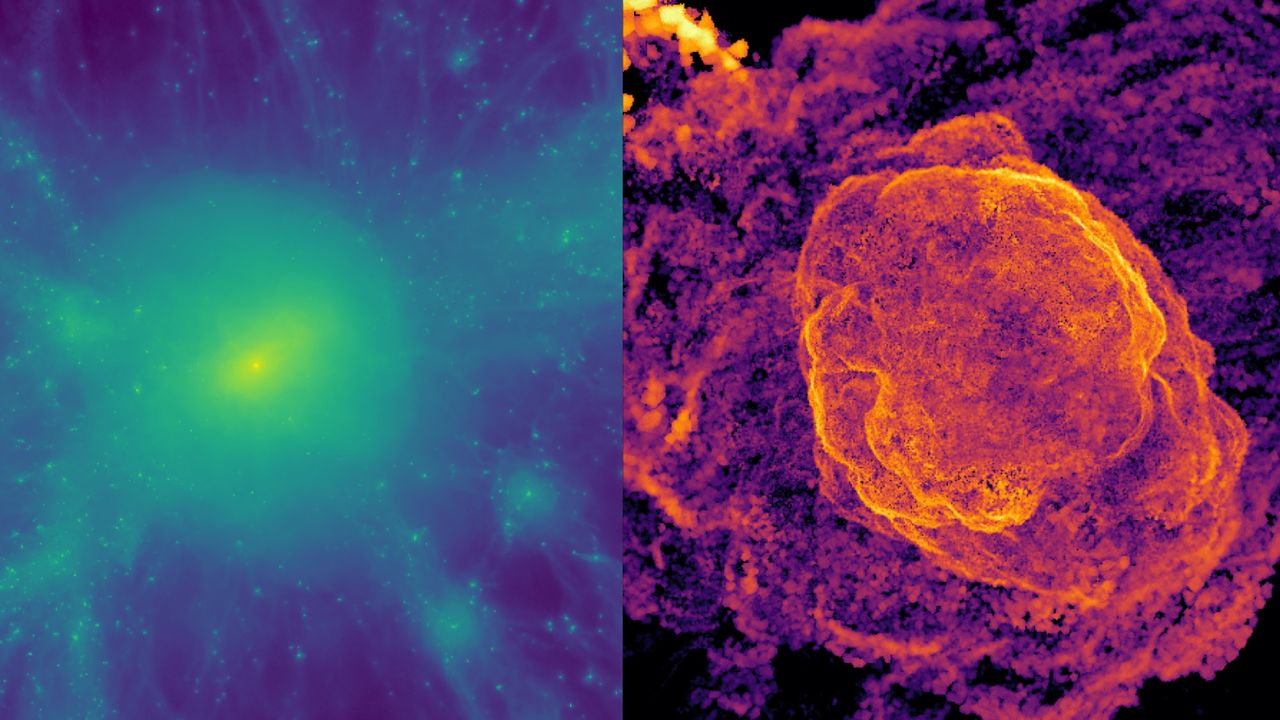
- Astronomers have made significant progress in explaining the physics of ghostly radio relics formed during galaxy cluster collisions through advanced computer simulations. This breakthrough addresses several longstanding mysteries in astrophysics.
- The findings are crucial as they deepen the understanding of cosmic structures and their formation processes, potentially influencing future research in the field of astronomy.
- This development aligns with ongoing efforts to unravel the complexities of the universe, including the exploration of dark matter and the evolution of galaxy clusters.
— via World Pulse Now AI Editorial System
